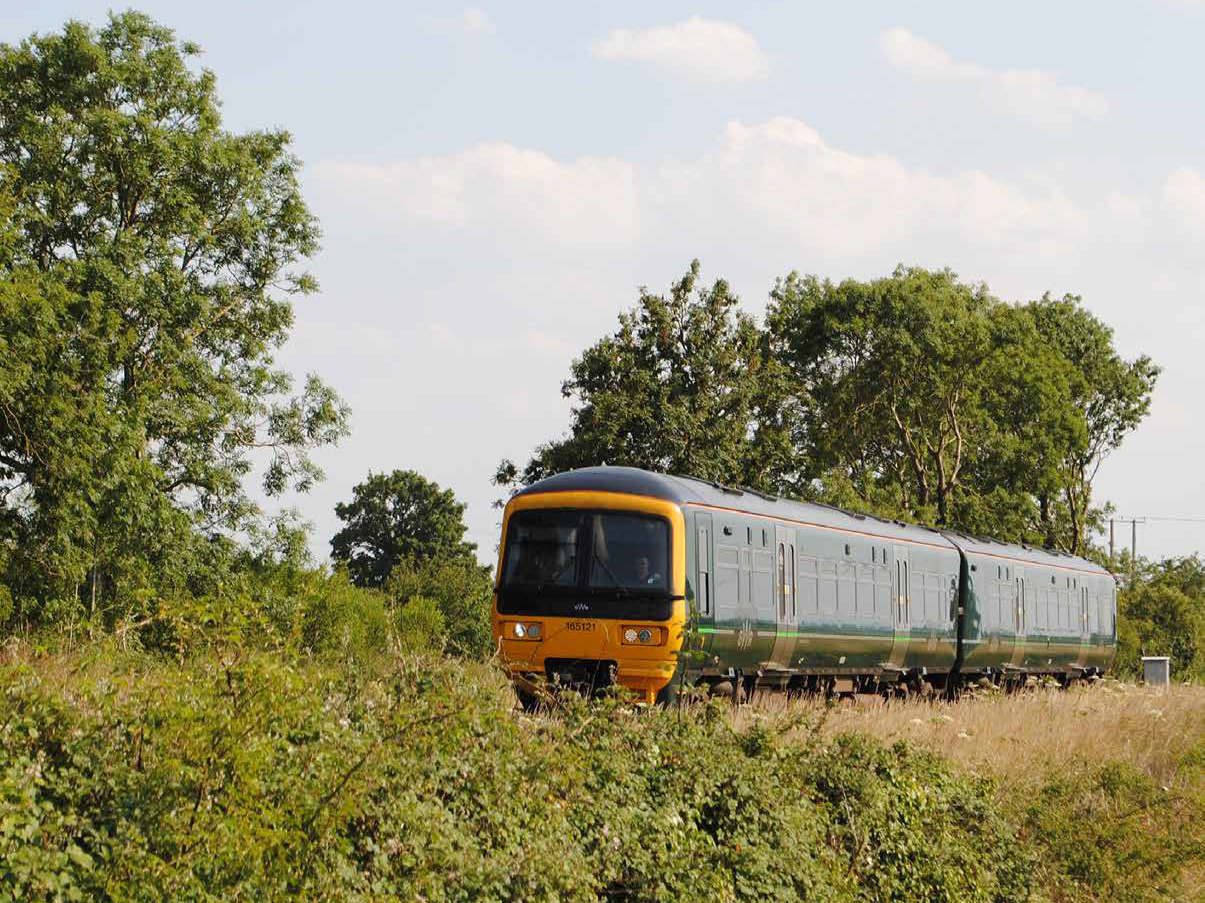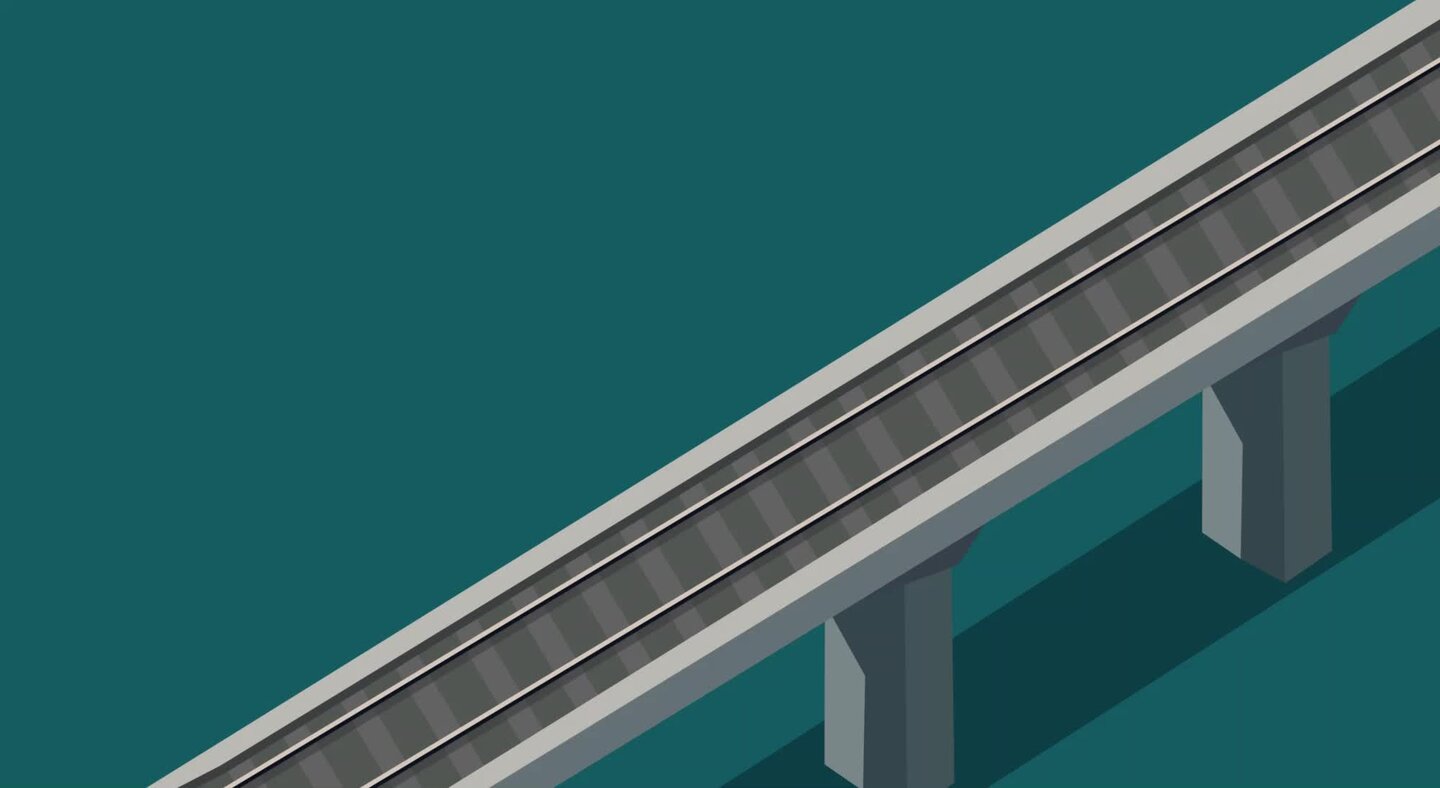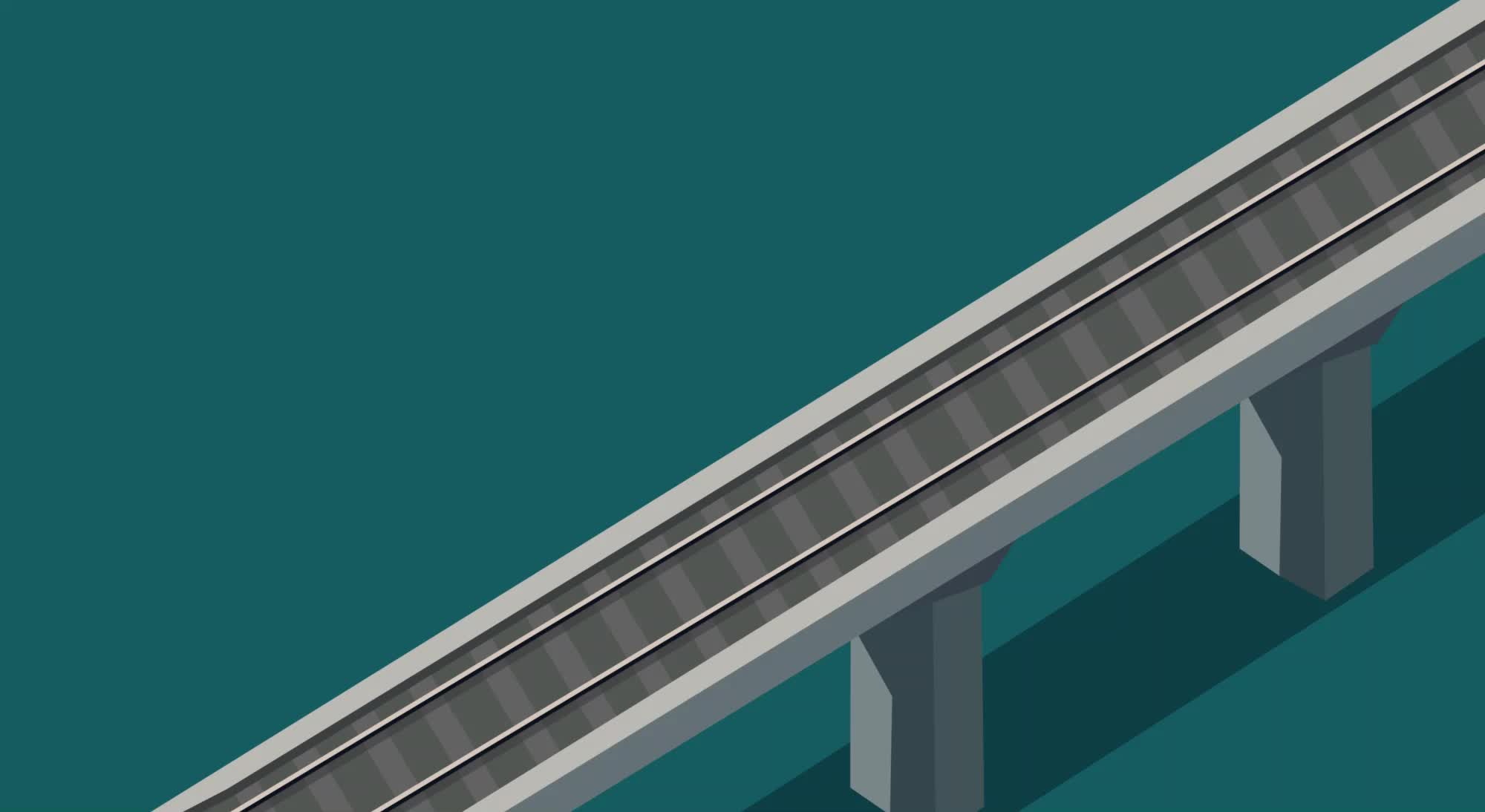Comment
Exploring the battery‑electric locomotives powering the European electrification charge
Fully battery-powered trains are on the rise across Europe, but the battery chemistry and hardware that’s best for locomotives is still up for debate, according to Ben Ting, CCO at Echion Technologies.
Main video supplied by Pro Anime / Getty Images Plus via Getty Images
The prospect of a fully electrified railway network has long been an aspiration of the European rail community. There are clear benefits economically, environmentally, and from a performance-based perspective.
However, the percentage of electrified vs. non-electrified track varies significantly from country to country. Battery-powered trains have been proposed to address electrification gaps in networks, but until recently, their ability to complete journeys of over 100 miles ‘zero emission’ was rare.
That changed this year when, in the UK, Great Western Railway (GWR) completed a 200-mile journey with its modified Class 230 train on a single charge – without even using the full installed capacity – smashing the previous record of 139 miles and proving that battery powered trains can be a feasible solution for electrifying large sections of the European railway network.
This achievement follows the year-long trial by GWR on its West Ealing to Greenford line, in which a converted Class 230 equipped with flash-charging capabilities produced some impressive results. It achieved a total cost of ownership as low as £2.52 per train mile – far below the £4.50 of its diesel counterpart – and slashed carbon emissions by 80% compared to diesel equivalents.
The case for BEMUs
These two achievements, underpinned by battery technology, provide an example for how British rail can ‘electrify’ rolling stock without overhead line equipment and reap the associated benefits.
In mainland Europe, huge strides have been made towards emission-free rail transportation. According to the latest European Union statistics, 60% of the European rail network is electrified and 80% of traffic is running on these lines. However, there is some variance from country to country, with Switzerland boasting a 99.8% electrification rate, while Denmark is a way behind at just 32.3%.

Ben Ting, CCO, Echion Technologies
To address this, Danish regional operator, Lokaltog, has been overhauling its diesel fleet and recently confirmed an order for 10 additional FLIRT Akku battery trains from Stadler.
These battery-electric multiple units (BEMUs), already in operation across Germany and other countries, provide space for around 200 passengers, offer up to 100km of battery-only range, and charge via existing overhead lines where available or via regenerative braking.
They have been earmarked as a clear solution for electrifying routes with limited overhead lines. The popularity of these trains has grown across Europe, and they can be equipped with different propulsion and battery chemistry options to cover a wide range of operational profiles. However, questions around battery performance, safety and lifetime are always on the mind of those looking to adopt battery rolling stock.
Getting the chemistry right
The battery chemistry options typically offered by most rolling stock manufacturers are NMC-Graphite (NMC being the cathode, and Graphite the anode chemistry), LFP-Graphite or NMC-LTO. As a generalisation, NMC-Graphite and NMC-LFP are more suitable for longer distance travel with fewer stops, while LFP-Graphite is used where space is less of a constraint. NMC-LTO are typically used on shorter routes with higher frequency stopping.
Chemistry plays an important role in battery safety, but once a chemistry is incorporated in a cell and subsequently a module and/or pack with appropriate safety design, the final safety risk is typically acceptable to the rail industry. However, edge cases exist where one chemistry is preferable to another, for example, due to the types of gas emitted during thermal runaway.
Similarly, for battery lifetime, chemistry can have a major influence, but how effectively the battery system maintains a stable and optimal operating environment for the cells is just as important.
Again, in general, the safety and lifetime of NMC-Graphite batteries are more sensitive to higher temperatures and fast-charging conditions. NMC-Graphite and LFP-Graphite chemistries also tend to suffer from lower power and capacity performance in colder temperatures. NMC-LTO (in this case, the anode is changed to LTO) tends to not be as susceptible to hot or cold temperatures, and can fast-charge more easily, but offers a lower overall energy density.
Digging deeper, the ‘flatter’ voltage profiles across the state-of-charge (SoC) window of LFP-Graphite and NMC-LTO can make it more difficult to track the state of charge and state of health (SoH) of the battery, particularly if the operational profile sees the battery partially cycling around the middle of its capacity range. Operationally, slow, deep discharge and/or a slow full charge events may need to be scheduled to allow for the battery management system to correct itself, which needs to be planned into a rolling stock’s schedule.
Cost-wise, differences at chemistry and cell level start to even out as the cost of the pack and surrounding battery system is factored in. All of these considerations only scratch the surface of trying to answer, “what is the best battery for rail?”

Great Western Railway’s regional diesel trains are reaching the end of their lives. Credit: Great Western Railways
The ideal battery
Based on these examples, a rail battery archetype would ideally combine the long life, fast-charging, wide-temperature tolerance of NMC-LTO, with energy density at least of that of LFP-Graphite, and with a system cost and voltage profile of NMC-Graphite.
To achieve this kind of performance, innovation at the chemistry level is vital. Sodium Ion technology covers some ground here, as does niobium-based lithium-ion chemistries. Under fast-charge conditions, energy density is similar to LFP-Graphite, and 50% higher than NMC-LTO. Similar to NMC-LTO.
Niobium-based lithium-ion chemistries can also operate in extreme environments (-40°C to 60°C) with a cycle life exceeding 20,000 cycles and can deliver the high power out required by larger trains that operate on longer routes. Finally, it has a safety profile similar to NMC-LTO, and a voltage profile that is easily tracked by BMS’, similar to NMC-Graphite.
It is reassuring that countries across Europe have taken steps to further reduce the emissions of a method of transportation that is already the most efficient when compared to road and air travel. The industry now has the opportunity to build upon this momentum further and achieve true full electrification by embracing new battery chemistries that can deliver cleaner, better, and more affordable rail at scale.
As GWR’s engineering director, Simon Green, said after their successful record-breaking run: “Today’s record attempt has been a bit of fun, but it also underlines a serious point: investment in battery technology is essential as we look to replace our ageing diesel fleet.”

On The Ground International assists Venezuelan caminantes (pictured) between Pamplona and La Laguna, Santander, Colombia. Credit: On The Ground International / Facebook

The Smart Clinic in La Guajira, Colombia. Credit: Siemens Healthineers
Numb feet, bleeding legs and dehydrated bodies mark their journeys – not to mention infectious diseases and psychological trauma. Studies have identified outbreaks of measles, diphtheria and malaria across Venezuela, while tuberculosis, typhoid and HIV, are also resurgent.
Caption. Credit:
Once we see where those changes are, we can plan where we’re going to cut the bone.
Dr Lattanza
Total annual production
Australia could be one of the main beneficiaries of this dramatic increase in demand, where private companies and local governments alike are eager to expand the country’s nascent rare earths production. In 2021, Australia produced the fourth-most rare earths in the world. It’s total annual production of 19,958 tonnes remains significantly less than the mammoth 152,407 tonnes produced by China, but a dramatic improvement over the 1,995 tonnes produced domestically in 2011.
The dominance of China in the rare earths space has also encouraged other countries, notably the US, to look further afield for rare earth deposits to diversify their supply of the increasingly vital minerals. With the US eager to ringfence rare earth production within its allies as part of the Inflation Reduction Act, including potentially allowing the Department of Defense to invest in Australian rare earths, there could be an unexpected windfall for Australian rare earths producers.


